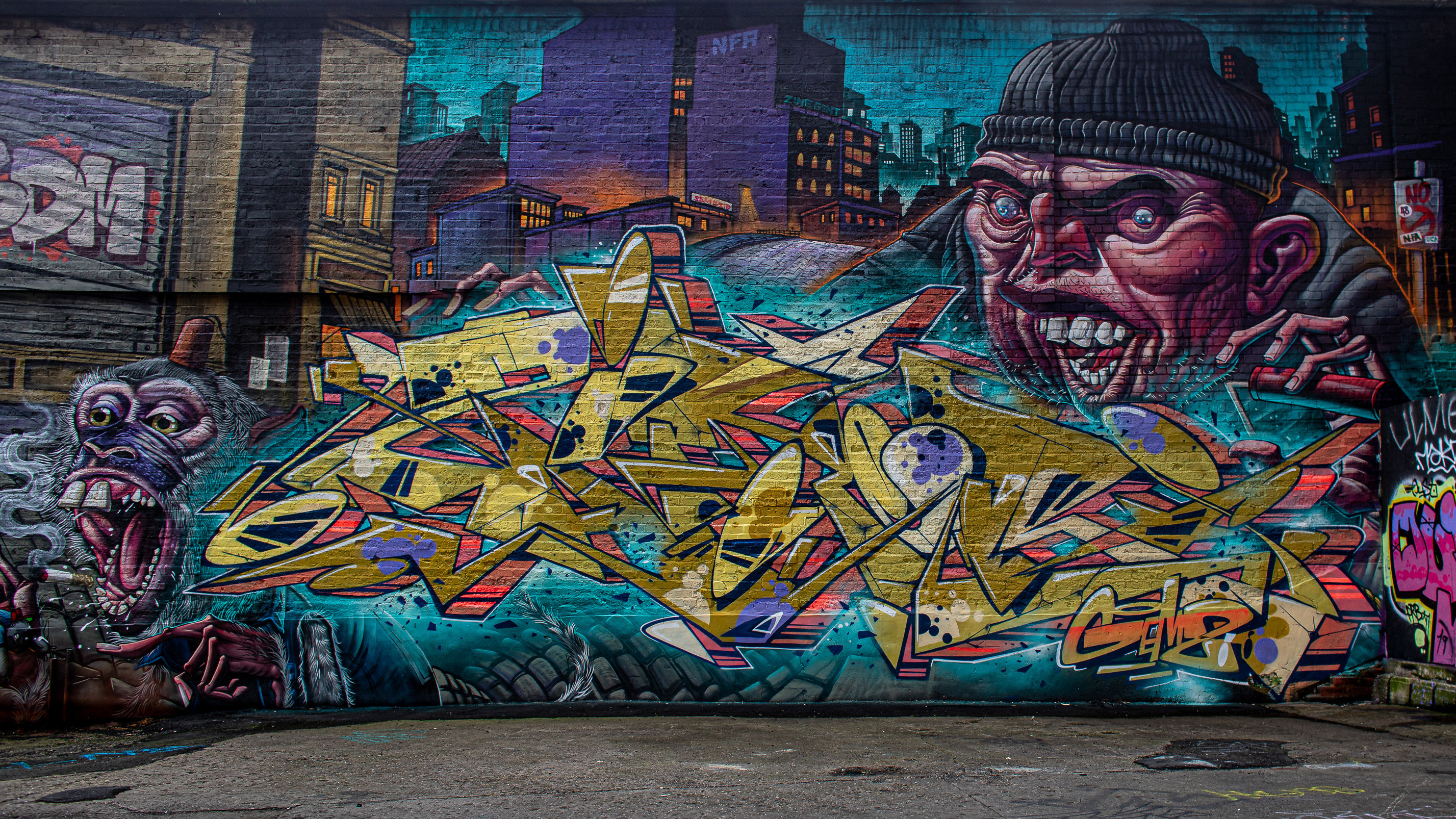
Ever since reading my first photography book, there’s been one rule for sharper photos, and that’s to keep everything stationary. When hand-holding the camera, the traditional wisdom for shake-free shots was to use the reciprocal of the focal length. For a 500mm lens that means 1/500 sec, or for a camera with a crop sensor work with effective focal length – as 500mm becomes 800mm then use 1/800 sec.
But with high-resolution digital sensors and larger viewing screens means that sharpness or lack of it is much more readily seen. A 24-inch monitor with 1920 pixels across is commonplace and if you zoom in to 100% on a 24MP image it’s like looking at a 1.5 metre print. It should be no surprise that you see more faults looking at digital images at full-size on a monitor.

Brian is a freelance photographer and photo tutor, based in Oxfordshire. He has unrivaled EOS DSLR knowledge, after working for Canon for over 15 years, and is on hand to answer all the EOS and photographic queries in Canon-centric magazine PhotoPlus.
Visit Brian's website
When the first 4.1MP EOS-1D was updated to the 8.2MP EOS-1D Mark II, professional sports photographers found they needed to use faster shutter speeds to achieve the same level of sharpness they were used to. Fast forward to the 24MP to 45MP in use today and it becomes clear that the old rules may have stopped being as effective as they once were.
Image Stabilization, both in-lens and in-body, has certainly helped to reduce the effects of camera shake. But if the subject is moving, you will also detect motion blur at faster shutter speeds than in the past. For portraits it’s good to expect to set the shutter speed to 1/125 sec or faster to freeze movement. No amount of image stabilisation will help correct a moving subject.

Those of you who use Program and Aperture Priority exposure modes can use Auto ISO to avoid camera shake. The camera programming takes the lens focal length into account when choosing shutter speeds and ISO settings, but it’s based around the reciprocal of the focal length idea.
Many advanced cameras have the option to change how Auto ISO works with these modes, giving control for faster or slower shutter speeds. Check your ISO settings for the min shutter speed option, and use this custom setting to increase the shutter speed by 1-stop for a simple way to avoid camera shake with high-resolution images.
If this article was of interest, you might also like to find out more about the best Canon RF lenses, or see our list of the highest-resolution cameras available.







